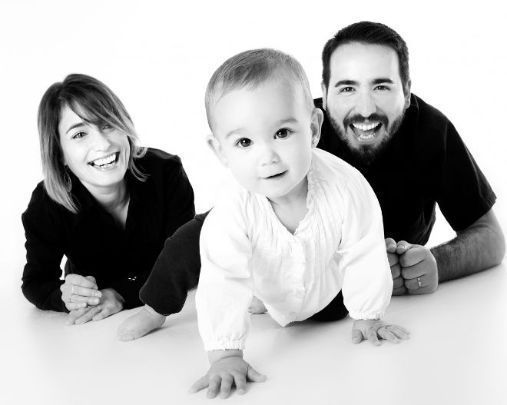Global Covid-19 Project
About BabyLing
We are an infant-research lab that focuses on early language development.
There is a remarkable variability in language development across children: while one infant may produce over 100 words at the age of 16 months, another infant might still have not pronounced a single word by the same age. Yet, both infants are within the range of typically developing infants. Thus, early diagnostic is extremely difficult and early intervention is rarely possible. Yet, we know that while some low-scoring infants will catch up easily with their peers and without further consequences, others will struggle throughout early childhood and will never achieve the same level of academic achievement as others.
To minimise and, in turn, prevent learning difficulties, we need to understand why some infants are delayed in their development from a very early age. Large differences in cognitive performance between infants are not uniquely driven by genetic differences; the learning environment plays a crucial role in cognitive development.
To this end, developing a finer comprehension of the roles of parental input, of the structures of the household and of the community is a mandatory first step so that policy makers can make informed, data-driven decisions to narrow the gap between low- and high achievers, even before children enter formal education.
Our Objectives
- Establish reliable tools to assess early vocabularies
- Examine the role of the learning environmental on early vocabulary acquisition
- Identify language learning mechanisms used by young children
Participate
Do you have a child below three years of age? Are you interested in contributing to the advancement of our knowledge on how children learn languages?
Our studies typically last less than 15 minutes, with the total duration of your visit about half an hour, although you are welcome to stay longer if you have questions! Your visit will include some playtime with your child (you are with your child during the whole duration of your visit) and, after that, your child (and you) will watch brief animations or pictures on a screen, accompanied by sounds or speech. While your child watches the screen, we will use an eye tracker to measure how long the child looks, where the child looks, or measure the child’s pupil size. Each study is a little different, and we will be happy to tell you more if you are interested at baby-ling@psykologi.uio.no .
At the end of your visit, your child will be rewarded with a small gift, and you will get the opportunity to ask any questions related to our research.
Currently, we have studies for 6-18 month-old babies. If interested, please contact us at: baby-ling@psykologi.uio.no !
Location
All our studies take place in our baby-friendly lab at the Department of Psychology, University of Oslo:
Forskningsveien 3A, Harald Schjelderups hus, 0373 OSLO.
We are located less than 10 minutes walking distance from Blindern metro station. Forskningsparken metro and tram station, or Gaustad bus station. If you prefer to drive, there are parking options right outside building. You will be offered to be reimbursed for travel or parking expenses.
Precautions related to COVID-19
We take the safety of our participants very seriously, and all activities in the lab will follow the official infection prevention guidelines of the University of Oslo.
Overview of Ongoing and Recent Studies
Read more about our research.
Financing
The projects have been and are being funded by external grants from Norway (FRIPRO, SPARK), Switzerland, Malaysia, as well as internal grants from the University of Oslo.
Cooperation
We actively collaborate with external partners around the world, including Universities and research centres in Europe (Oxford, Göttingen, BCBL), Asia (UNMC, USM), Central- (UNAM) and North America (Stanford).
Tools
Eye-tracking, tablet-based paradigms, acoustic analyses, ERP, imitation games, computational modelling.



